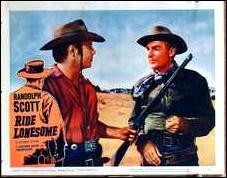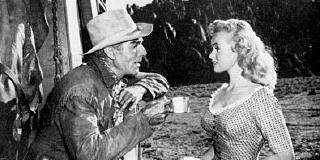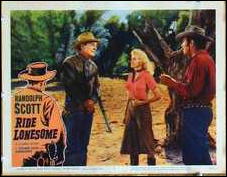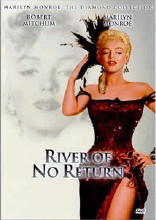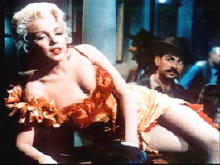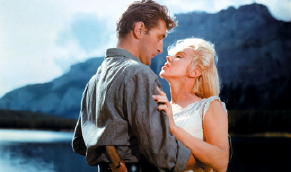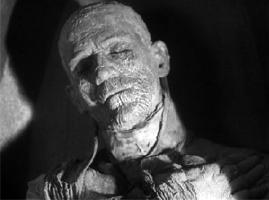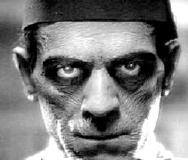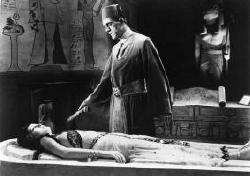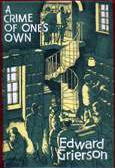Wed 24 Dec 2008
CHINA GIRL. 20th Century Fox, 1942. Gene Tierney, George Montgomery, Lynn Bari, Victor McLaglen, Sig Ruman, Robert Blake, Philip Ahn. Screenwriter: Ben Hecht; director: Howard Hathaway.
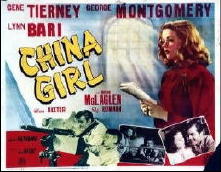
Many reviewers do not appear to know what to make of this film, and without a sense of perspective — and history — I’d have to agree that it doesn’t fit into any kind of standard category I can think of either, not satisfactorily, at least.
Eighty percent of the film would have constituted a well above average B-movie adventure thriller, but the scenes at the beginning, with the Japanese army shooting Chinese peasants lined up along (and falling into) a long earthen burial pit belie any sense of light amusement value right from the start.
Nor is the ending, with Japanese warplanes wiping out an entire Chinese village, filled with screaming people, many of them children, intended to have anyone whistling their way out of theater. No, what this is is a bitterly honest anti-Japanese wartime propaganda film disguised as an everyday spy story and romance, with a budget and production values a notch higher than would have been given to it if that was all it was intended to be.
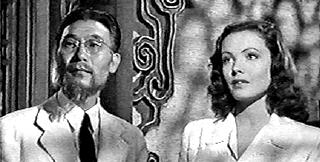
George Montgomery plays an ace newsreel cameraman, Johnny ‘Bugsy’ Williams, who’s assisted in escaping from a Japanese detention center by Lynn Bari and Victor McLaglen, who have their own irons in the fire. Gene Tierney is Haoli Young, the half-Chinese girl whose life is interrupted by Williams, not smoothly at first, but her self-applied veneer of protection is first cracked, then weakened, and finally disappears.
Comic relief is provided by Robert Blake as a young Mandalay street urchin who attaches himself to Williams. Haoli�s father is played by Philip Ahn, a teacher whose classroom demeanor was exactly the same in 1942 as it was 30 years later as the mentor to David Carradine as Kwai Chang Caine in the TV series Kung Fu.
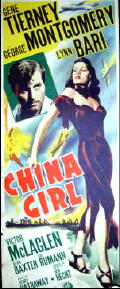
George Montgomery plays earnest very well, once his sharp edges have been worn away, while Gene Tierney is both beautiful and exotic as well as totally natural. No surprise there. Lynn Bari seems to have caught the eyes of some reviewers, but for me, not this time around.
As for the movie as a whole, it is as I’ve suggested, a mishmash of this and that, a movie made by design and good intentions, but when the design is no longer needed, then neither are the intentions.
And you can take the following to the bank, too. When any movie takes place in western Asia in November 1941, and one of the characters comes across a secret codebook containing the number 7 and the deciphered word “pearl,” you will know that you now know more than any of the characters know, except for the bad guys, and you will know exactly who they are.
Not that you exactly need a scorecard.
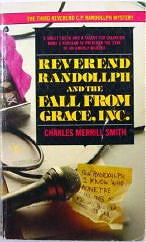 CHARLES MERRILL SMITH – Reverend Randollph and the Fall from Grace, Inc.
CHARLES MERRILL SMITH – Reverend Randollph and the Fall from Grace, Inc.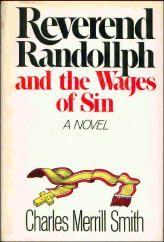
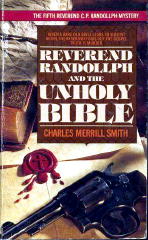
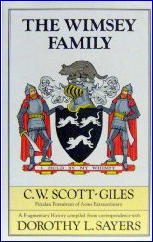
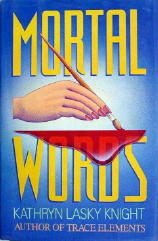
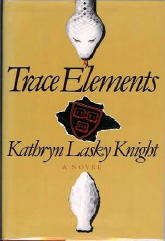
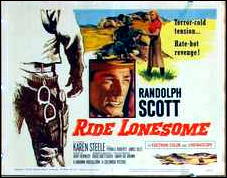 RIDE LONESOME. Columbia Pictures, 1959. Randolph Scott, Karen Steele, Pernell Roberts, James Best, Lee Van Cleef, James Coburn. Screenwriter: Burt Kennedy; director: Budd Boetticher.
RIDE LONESOME. Columbia Pictures, 1959. Randolph Scott, Karen Steele, Pernell Roberts, James Best, Lee Van Cleef, James Coburn. Screenwriter: Burt Kennedy; director: Budd Boetticher.
